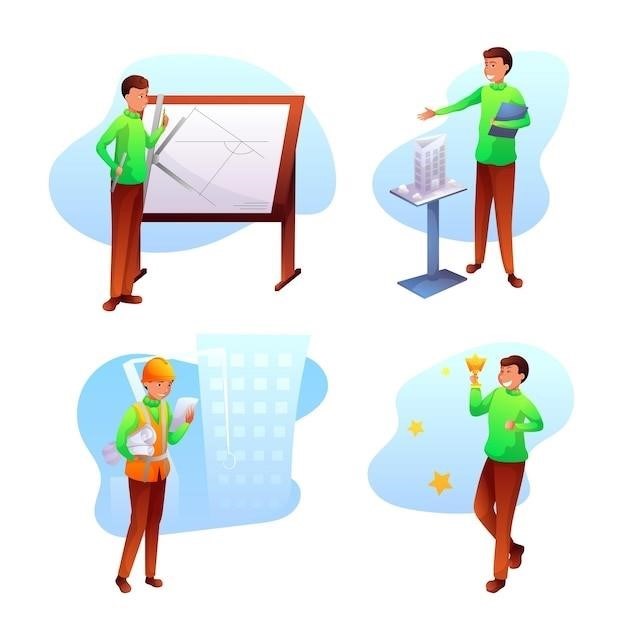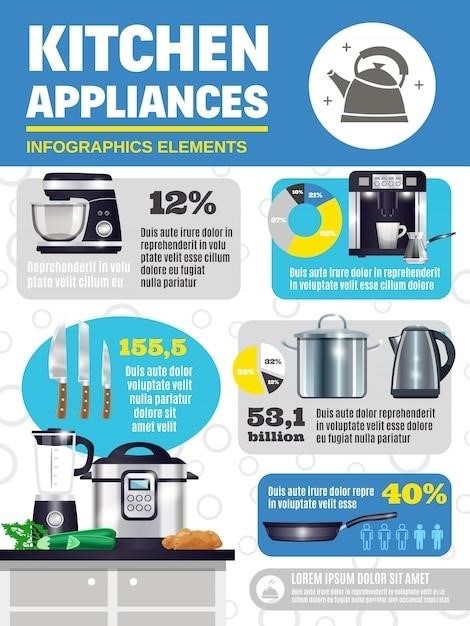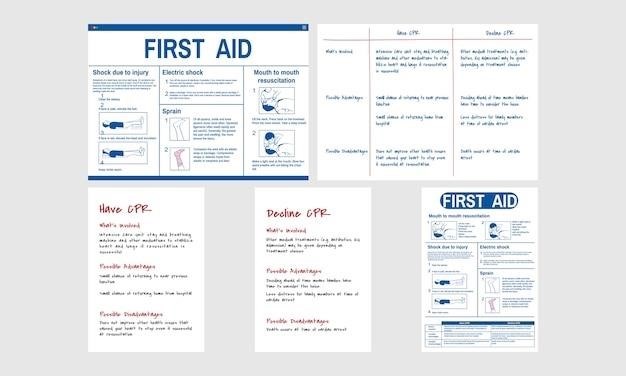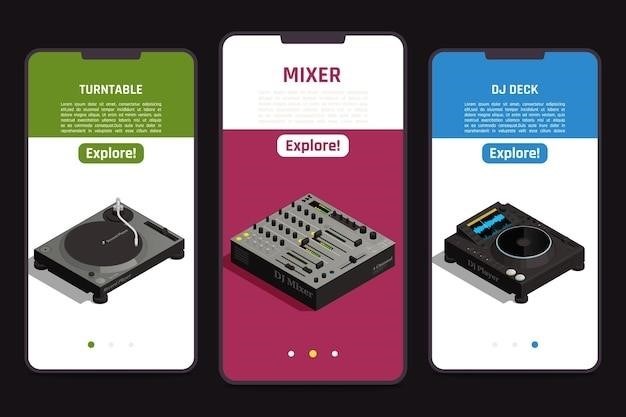Mark Manson’s Models⁚ A Guide to Authentic Attraction
Mark Manson’s Models is a groundbreaking book that flips the script on seduction, presenting it as an emotional process rather than a logical one. It’s a refreshingly honest guide for men, encouraging them to attract women by being their authentic selves, embracing vulnerability, and ditching the manipulative tactics often found in traditional dating advice.
Introduction⁚ The Emotional Approach to Seduction
Mark Manson’s Models boldly challenges the conventional approach to dating, arguing that seduction should be viewed as an emotional journey rather than a game of manipulation and tricks. In a world saturated with dating advice that focuses on tactics and techniques, Manson presents a refreshing perspective, emphasizing the importance of authenticity and emotional connection. Models delves into the complexities of human interaction, encouraging men to cultivate self-awareness and emotional intelligence, essential ingredients for genuine attraction. It’s a bold departure from the traditional “pick-up artist” mentality, offering a roadmap to authentic connection built on honesty, vulnerability, and self-improvement.
The Core Principles of Models
At the heart of Models lies a set of core principles that guide men towards authentic attraction. Manson emphasizes the importance of honesty, both with oneself and with potential partners. He encourages men to embrace their vulnerabilities and imperfections, recognizing that these are what make them unique and relatable. The book stresses the need to cultivate inner confidence, not based on external validation but on a strong sense of self-worth. This non-neediness, Manson argues, is the key to attracting women who are drawn to genuine men, not those seeking validation or approval. Models also highlights the power of action and communication. It encourages men to take initiative, express their feelings openly, and engage in meaningful conversations that go beyond superficial small talk. This approach fosters genuine connection and allows men to be seen for who they truly are.
The Importance of Honesty in Dating
Models challenges the prevalent notion that dating requires playing games or adopting personas to impress potential partners. Instead, Manson advocates for a radical approach⁚ honesty. He argues that true connection stems from being genuine and authentic, revealing your true self rather than presenting a fabricated version. This honesty extends beyond simply avoiding lies; it involves being open about your flaws, your insecurities, and your genuine desires. Models encourages men to express their vulnerabilities, recognizing that these imperfections make them relatable and human. By embracing honesty, men can build trust and create a foundation for meaningful relationships built on shared understanding and acceptance.
Overcoming Neediness and Cultivating Confidence
Models identifies neediness as a major obstacle to attracting women. Manson asserts that neediness stems from a lack of self-worth, leading men to seek validation from others, particularly romantic partners. This neediness can manifest as desperate attempts to please, excessive attention-seeking, or clinging behavior. To overcome neediness, Manson emphasizes the importance of cultivating inner confidence. This involves recognizing your own value independent of external validation. The book encourages men to focus on personal growth, pursuing their passions, and developing a strong sense of self. By building self-worth, men can detach from the need for constant reassurance and approval, exuding an aura of confidence that naturally attracts women.
Developing Emotional Intelligence and Self-Awareness
Models underscores the importance of emotional intelligence and self-awareness in attracting women. Manson argues that understanding your own emotions and how they impact your behavior is crucial. This self-awareness enables you to communicate your feelings effectively and build genuine connections. The book emphasizes the need to be honest with yourself and others about your desires, fears, and insecurities. By acknowledging your emotional landscape, you can navigate relationships with greater authenticity and avoid projecting your own needs onto others. Developing emotional intelligence allows you to understand women’s perspectives, respond empathetically, and build trust. This emotional depth makes you a more attractive partner, fostering genuine connections based on shared experiences and mutual understanding.
Understanding Women’s Desires Beyond the Superficial
Manson challenges traditional dating advice that focuses solely on external qualities and superficial tactics. He argues that women are drawn to men who demonstrate depth, authenticity, and emotional intelligence. Models encourages readers to move beyond the pursuit of fleeting physical attraction and explore the deeper desires that women crave. It emphasizes understanding the emotional needs and values that drive women, rather than relying on outdated strategies of manipulation and deception. The book suggests that women seek partners who are confident, self-assured, and comfortable in their own skin. These qualities are not about projecting a false image but rather about embracing your authentic self and expressing your genuine personality.
The Role of Action and Communication
Models emphasizes the importance of taking action and communicating effectively in the dating process. Manson argues that simply understanding the principles of authentic attraction isn’t enough; you need to apply them in real-world interactions. He encourages readers to break out of their comfort zones, approach women they find interesting, and initiate conversations. Effective communication is crucial for building meaningful connections. Manson stresses the importance of being honest and vulnerable in your interactions. Share your thoughts and feelings openly, even if they’re not always perfect. Be a good listener, actively engage with the other person, and show genuine interest in their perspectives. This approach fosters trust and intimacy, creating a foundation for a deeper and more authentic connection.
Challenging Traditional Dating Dynamics

Mark Manson’s Models challenges many of the traditional dating dynamics that often lead to insecurity and frustration. He encourages men to move away from the “game” mentality, which often involves playing hard to get, manipulating women, and focusing on superficial qualities. Instead, he advocates for a more genuine and direct approach. Manson emphasizes the importance of being upfront about your intentions and desires, expressing your interest in a woman without resorting to tricks or games. He also encourages men to be more vulnerable and emotionally open, allowing them to build deeper connections with women based on shared values and mutual respect. By challenging traditional power dynamics, Models promotes a more honest and fulfilling dating experience for both men and women.
Becoming a Polarizing Figure
Mark Manson’s Models encourages men to embrace their individuality and become polarizing figures, rather than trying to please everyone. This means being comfortable with the fact that not everyone will like you, and that’s okay. Instead of trying to blend in and be agreeable, Manson suggests developing strong convictions, expressing your opinions honestly, and standing by your values. This doesn’t mean being rude or aggressive, but rather being confident in who you are and what you believe. By being authentic and unapologetic, you attract women who are drawn to your unique personality and values, rather than those who are simply looking for someone who fits a mold. Becoming a polarizing figure can be a powerful way to attract women who are looking for a genuine and authentic connection.
Redefining Success and Happiness in Dating
Mark Manson’s Models challenges traditional notions of success and happiness in dating. Instead of focusing on finding the “perfect” partner or achieving a certain number of dates, Manson emphasizes the importance of self-improvement and emotional fulfillment. He argues that true happiness in dating comes from being comfortable with yourself, accepting your flaws, and pursuing relationships that are authentic and meaningful. Success is not measured by external validation, but by inner peace and a sense of self-worth. Models encourages men to redefine their goals in dating, shifting from a focus on external validation to a focus on personal growth and emotional well-being. This approach emphasizes genuine connection and personal fulfillment over superficial achievements, leading to more fulfilling and lasting relationships.
The Impact of Models on Modern Dating
Mark Manson’s Models has had a significant impact on modern dating, challenging the prevailing narratives and encouraging a more authentic approach. The book’s emphasis on emotional honesty and self-awareness has resonated with many men, prompting them to re-evaluate their dating strategies and prioritize personal growth. Models has inspired a shift away from manipulative tactics and towards genuine connection, emphasizing the importance of vulnerability and self-acceptance. Its influence can be seen in the growing popularity of self-improvement resources and the increasing awareness of emotional intelligence in dating. The book’s message of embracing authenticity and rejecting superficiality has contributed to a more conscious and fulfilling dating landscape, empowering individuals to connect on a deeper level and build meaningful relationships.
Embracing Authenticity for Meaningful Connections
Mark Manson’s Models ultimately advocates for a dating approach rooted in authenticity and emotional honesty. It encourages men to shed the masks and pretense often associated with traditional dating advice, embracing their vulnerabilities and imperfections. By fostering self-awareness and emotional intelligence, Models empowers individuals to connect on a deeper level, building relationships based on genuine attraction rather than superficiality. The book’s message resonates with a growing desire for authenticity and meaningful connections in a world often defined by fleeting encounters. In embracing the principles outlined in Models, individuals can navigate the dating landscape with confidence, self-assurance, and the potential for truly fulfilling relationships.




























